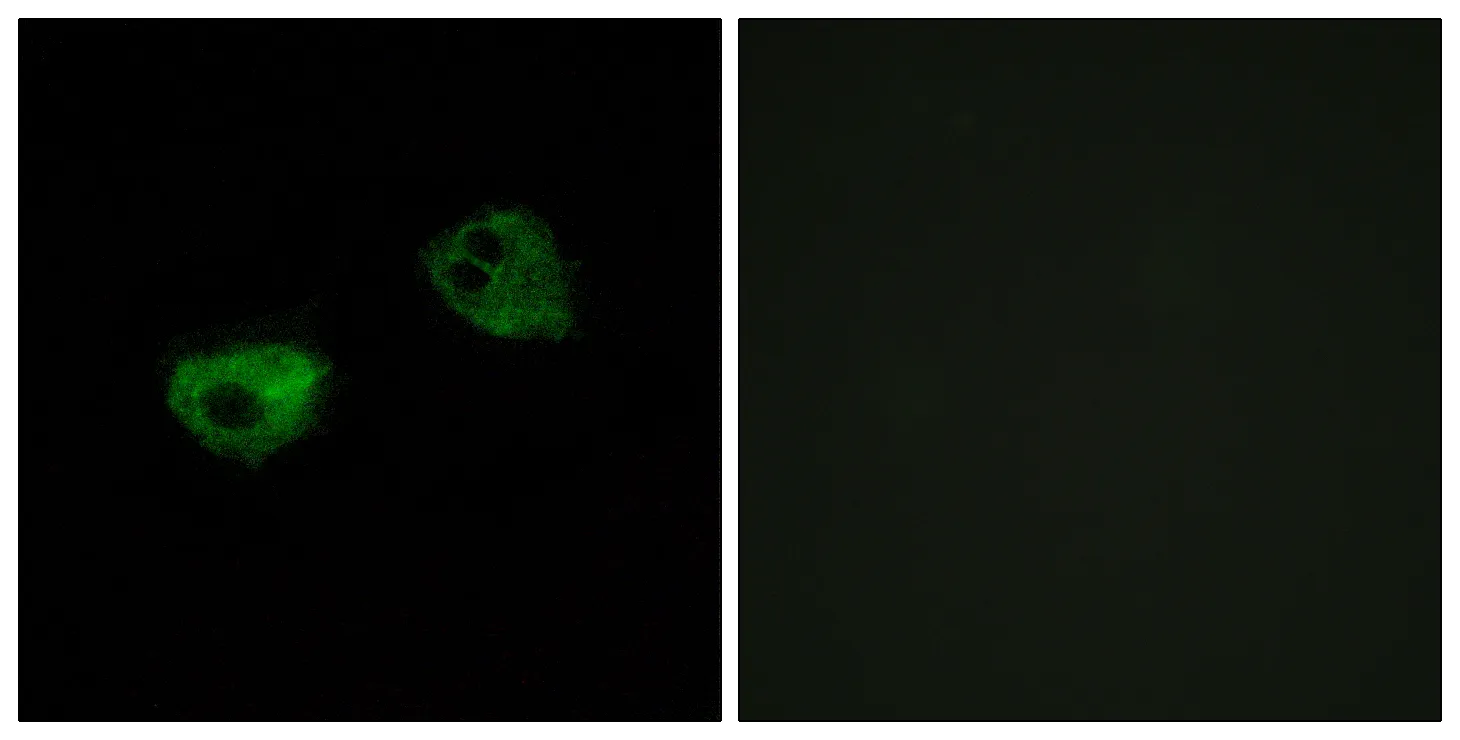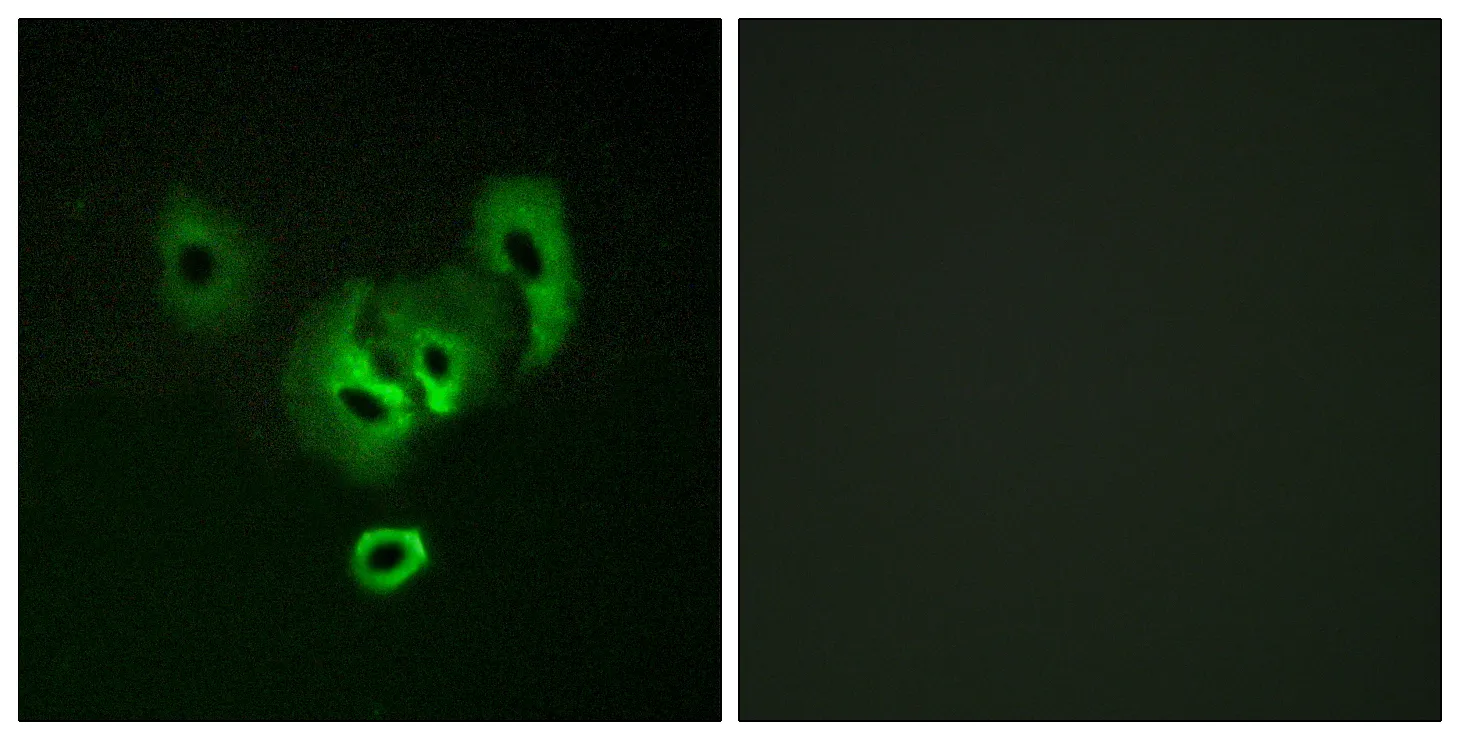Summary
Performance
Immunogen
Application
Background
NRXN1 (neurexin 1) encodes a single-pass type I membrane protein that belongs to the neurexin family. Neurexins are cell-surface receptors that bind neuroligins to form Ca(2+)-dependent neurexin/neuroligin complexes at synapses in the central nervous system. This complex is required for efficient neurotransmission and is involved in the formation of synaptic contacts. Three members of this gene family have been studied in detail and are estimated to generate over 3000 variants through the use of two alternative promoters (alpha and beta) and extensive alternative splicing in each family member. Recently, a third promoter (gamma) was identified for NRXN1 in the 3' region. Mutations in NRXN1 are associated with Pitt-Hopkins-like syndrome-2 and may contribute to susceptibility to schizophrenia. cell morphogenesis, cell morphogenesis involved in differentiation, cell motion, cell adhesion, cell-cell signaling,synaptic transmission, axonogenesis, axon guidance, synaptogenesis, transmission of nerve impulse, biological adhesion, cell projection organization, neuron differentiation, neuron projection development, cellular component morphogenesis, cell part morphogenesis, extracellular structure organization, neuron development, cell morphogenesis involved in neuron differentiation, neuron projection morphogenesis, cell projection morphogenesis,synapse organization, neurological system process,
Research Area
Cell adhesion molecules (CAMs);




